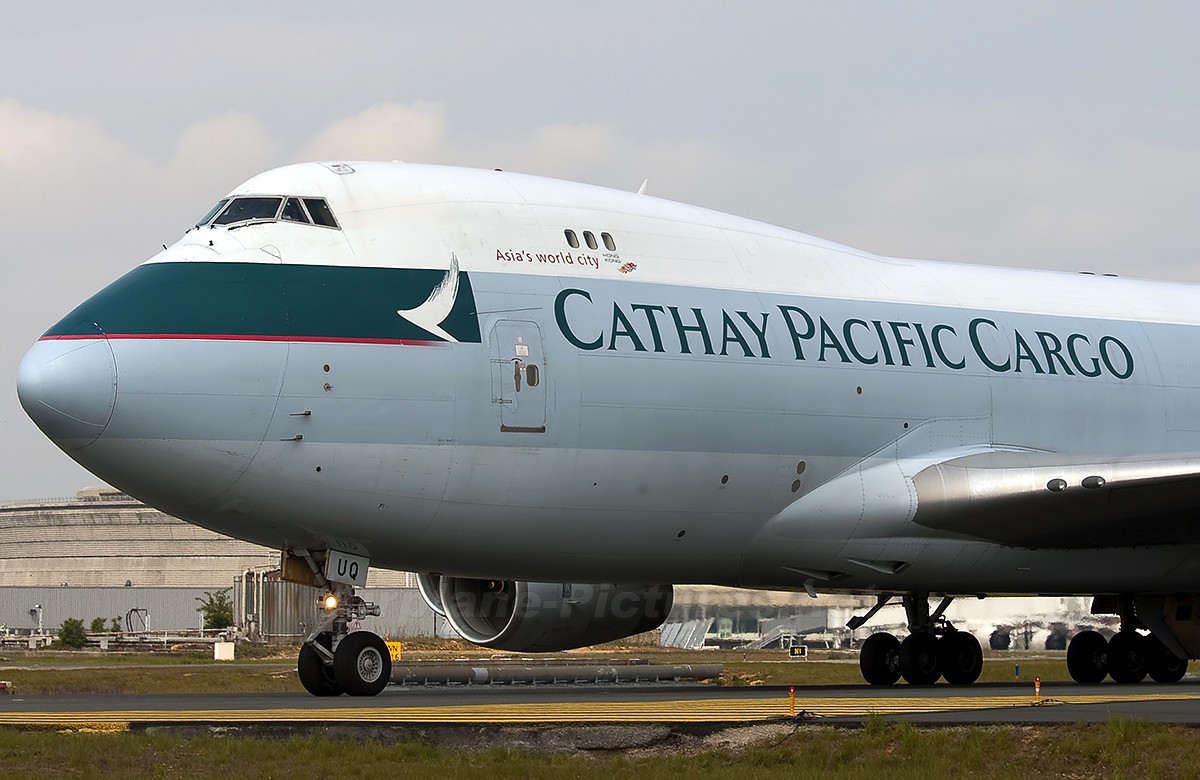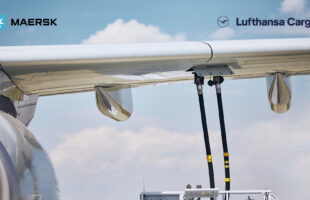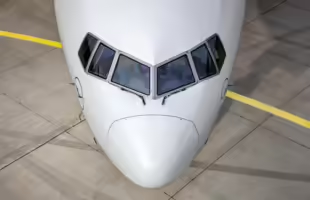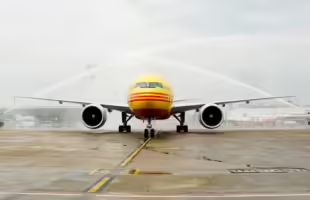
Fierce competition, excess capacity and suspended fuel surcharges saw cargo revenue at Cathay Pacific falling 17.2 per cent in the first half to US$1.2 billion. The decline occured despite a marginal increase in the tonnage carried in the first six months of 0.2 per cent, which was offset by a 0.6 per cent increase in capacity of both Cathay Pacific and Dragonair that pulled the load factors down to 62.2 per cent, the carrier said.
But for the airline overall, the situation was far worse with the first six months seeing Cathay Pacific’s net profit plummeting 82 per cent to $45 million.
Cathay Pacific chairman John Slosar said the operating environment in the second half of the year will continue to be impacted by the same adverse factors as in the first half. “The overall business outlook therefore remains challenging. Overcapacity and economic fragility will dampen cargo demand,” he said.
The pressures on the air cargo market were evident in the cargo division’s yield that fell by 17.6 per cent to HK$1.59, reflecting strong competition, surplus capacity and suspension of fuel surcharges in April. This was further impacted by weak demand on European routes and slowing demand on the trans-Pacific, while India was one of the few routes where demand strengthened.
Shipments from Hong Kong and Mainland China to North America accounted for the majority of the carrier’s total shipments with Cathay saying, “rates were under severe pressure because of overcapacity”. The weakness of the Renminbi adversely affected revenue from Mainland China.
Shipments of pharmaceutical products and mail (the yield on which is above average) increased by 80 per cent and 11 per cent respectively.
Demand for shipments to and from the Indian sub-continent increased with Cathay adjusting capacity accordingly, but again yield on shipments from the region was under pressure. Airport congestion limited shipments from Dhaka, it added.
Demand for shipments within Asia was strong, but yield was under pressure. Shipments from the Southwest Pacific to Mainland China grew strongly. Northeast Asia showed resilience with steady exports of electronics, machineries and perishable products. However the year-on-year comparison was distorted by the exceptional high base of 2015 due to the shipment of automobile parts from Japan to North America in the first quarter of 2015 on a product recall incident. Shipments of perishable products from the Americas to Asia grew strongly, it added.
In May, Cathay Pacific Cargo signed a joint business agreement with Lufthansa Cargo AG in relation to cargo routes between Hong Kong and Europe with the agreement coming into effect in the first quarter of 2017.
CPSL’s air cargo terminal handled 824,000 tonnes of cargo in the first half of 2016. The terminal handles cargo for Cathay Pacific, Dragonair, Air Hong Kong and 10 other airlines.
The group said it managed freighter capacity in line with demand and carried a higher percentage of cargo in the bellies of its passenger aircraft.
Cathay Pacific took delivery of its first A350-900XWB aircraft in May with a second was delivered in July and the third in August. The airline is scheduled to take delivery of further nine aircraft of this type during the remainder of 2016.
Cathay Pacific retired two A340-300 aircraft in the first half of 2016 and it will retire one more aircraft of this type in the second half of this year and will retire the remaining four aircraft of this type in 2017. The airline will have retired our three remaining B747-400 passenger aircraft by October.
One parked B747-400F freighter aircraft was delivered to Boeing in July and another aircraft of this type in August. The remaining two aircraft of this type will be delivered to Boeing in August and September. Cathay Pacific took delivery of its final Boeing 747-8F freighter in August.









